Ep. 142: Luke and Josh –3 Proven Real Estate Marketing Ideas for Busy Agents in 2020
On this episode of Stay Paid, Luke and Josh discuss their top three ideas that busy agents should be using to market their business this year.
Key Points:
- Facebook marketing can drive leads and create brand awareness for your business.
- Don’t be afraid to ask clients to review and refer you.
- High-quality print pieces in addition to a digital presence will create top-of-mind awareness.
#1. Use Facebook.
Most real estate agents have a business profile. Financial advisors won’t have a business profile, necessarily, because of compliance, but they are using social media. The problem is that people aren’t using it effectively for their business. But there are a couple things you can do. Number one is you should be posting consistently. Activity leads to productivity in people’s minds, and they’ll see you as successful when you’re constantly posting.
More important than posting, you should be DMing people and commenting on people’s posts. Social media is meant to be social, so when you see someone’s wedding, take the time to comment. If you see someone was on vacation, take the time to comment. Doing those little things daily will engage you with your sphere and creates top-of-mind awareness.
Then this translates to the ads. You should have a business page so you can run ads. There’s a reason we say use Facebook and not social media in general. If you’re going to focus in one area of your marketing on social media, we recommend Facebook. Instagram is great for influencers and is more visual, LinkedIn is great for the professional side, but if you want to get your brand out there and generate leads for your business, Facebook is where you need to be.
We recommend three different ads you should be running on Facebook. The first one is a personal branding ad to put yourself out there and make yourself look good—if you don’t have a graphic designer, get one, or find an app that allows you to put a nice professional photo in there and your branding. The second one is a product-based ad. This can translate to any industry. For us, it would be our print magazines or our digital marketing bundle. For you, as a real estate agent, you might be advertising your listing. You’ll get a lot out of that because you’ll get people who are interested in the listing to comment and get buyers leads, but even more than that, the benefit I see is it helps agents close their next listing. People who also want to sell their home see that in their feed and they see you’re doing a lot of marketing. Doing a product-based ad is phenomenal because it helps you on the branding side but can also get you qualified leads. The third one is a lead magnet—an item of value that you can offer to people you’re advertising to. One of the ones we’ve had a lot of success with and went over on our recent webinar is actually offering a list of houses within a certain price range. So, “If you’re looking for more houses within this price range, fill out this form.” It could be an educational piece, like a homebuying guide, or something like that. It does two things: gets someone into your database and gives them an item of value, and also qualifies that person. You know they are, or know someone who is, in the homebuying process.
The biggest mistake we see with people getting leads from social media is you have to understand you’ll be getting top of funnel, middle of funnel, and bottom of funnel leads. Top of funnel is awareness, these people know about you. Middle of funnel would be more in the consideration phase. They are more interested in what you have to offer and are thinking about it. Bottom of funnel are people who are ready to buy or walk. Part of your job as the salesperson is to qualify them and decide what phase they’re in and nurture them. Nine times out of ten, you will have to nurture these leads.
If you want to know how to create these ads, we have a whole webinar you can watch on our YouTube. We actually walk you through the ads manager in Facebook to create these ads.
#2. Go out and request reviews, testimonials, and referrals.
Be proactive. Don’t just hope someone reviews you or puts a review on your Facebook or refers you out. This is what we do at the end of every podcast where we ask you to rate the podcast and leave a review and refer us. This is probably something you’re not doing enough of in your marketing. If you were to look at how many times you asked for a review in the past week, and in a way that isn’t begging, but making sure people know if they had a good experience with you to let people know and how to do it.
In the buyer’s psychology of today’s world, everyone wants social proof. But with reviews and testimonials, you can use them extremely effectively in your marketing. If you think about a nurture campaign, one of the things you should do in your reviews is look at the client and think about the story with that review. If it’s a new home buyer, what did you walk them through? What pain point did you solve for them? That’s a whole marketing strategy you can do in an email or a social media post. But even more important than that, when you’re on the phone with someone trying to close a deal, you can tell them about someone similar and walk them through that story of how you helped them.
Another thing is to do video reviews. If you’re at the closing table or just had a positive experience, ask if you can pull out your phone and record their thoughts on it. Have a couple leading interview questions ahead of time to point them in the right direction. It’s super powerful for the emotional connection.
#3. Use high-quality print targeting on your best clients.
We do print, so of course we’re going to say to use print. But the numbers for effectiveness in print marketing has continued to go up in the past five years as the digital noise has also increased. Think about how many emails you get in your inbox. One of the reasons Facebook isn’t nearly as popular anymore from a social standpoint is because the feed is cluttered with so much noise. A lot of times, what was really good in the day from a marketing standpoint, gets too cluttered. You need to zig when everyone is zagging. What’s really critical here is the impact you get with a physical piece. There is emphasis on high-quality, because you can do junk in print and it’s really not going to make that much of a difference. The emphasis needs to be on quality and the personalization of what you’re doing. We see a 58 percent referral rate from our magazine just because of the quality. But if we removed the quality and did it as cheaply as we could, I guarantee that would drop.
In a survey that was done between print and digital, people spend more time with print, have more of an emotional reaction to the piece, they retain more of the information, desire the product advertised more, and have a higher subconscious valuation. It’s holistic, too. When you think about what you should do with American Lifestyle—digital, print, social, email—you should do it all. It’s holistic. You want to be on their social feed. You want to be in their inbox. You want to be in their mailbox. You want to end up on their fridge and their coffee table. You get omnipresence, and that builds the mindshare. If they see you everywhere, chances are they will think of you and not the competition.
Action Items:
- Out of this list of three, pick one, look at your marketing, and take action on it.








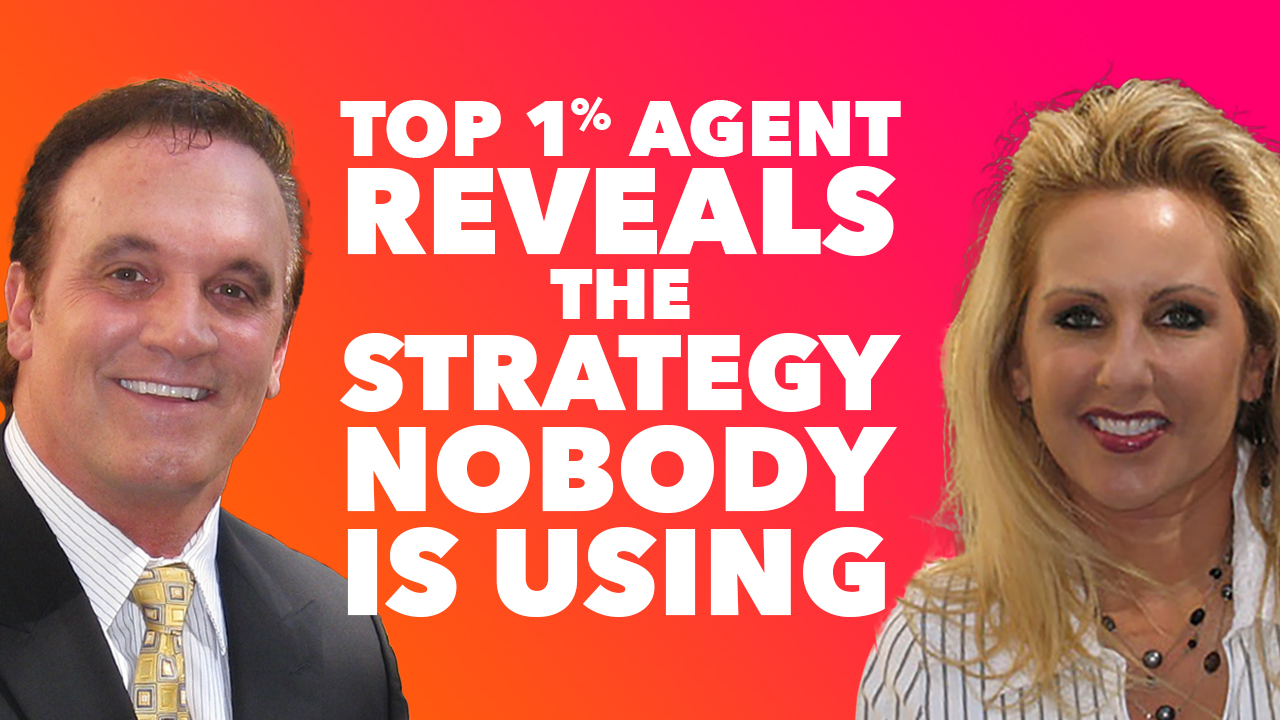

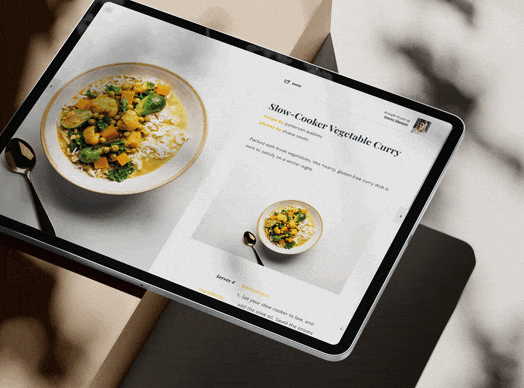
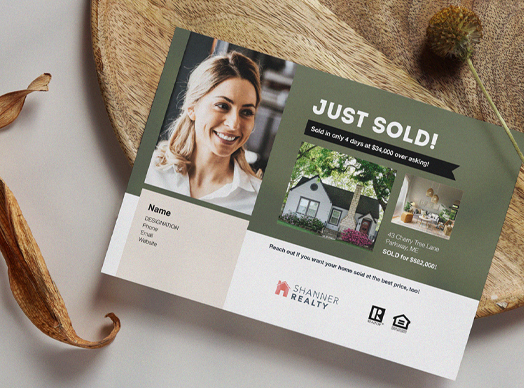
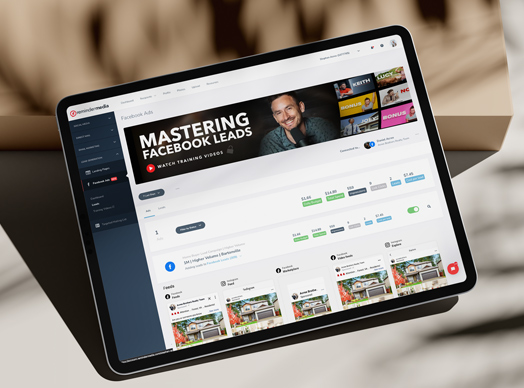


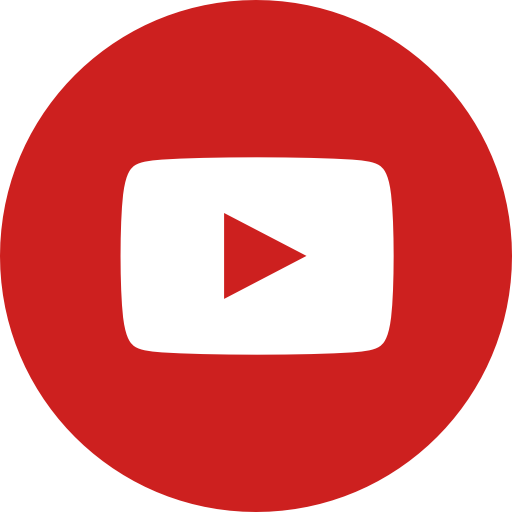
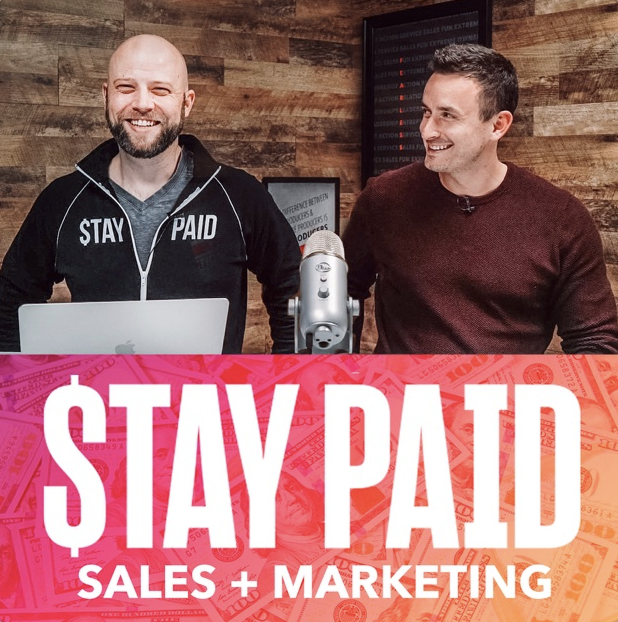
 Soundcloud
Soundcloud iHeart Radio
iHeart Radio Spotify
Spotify Spotify
Spotify


